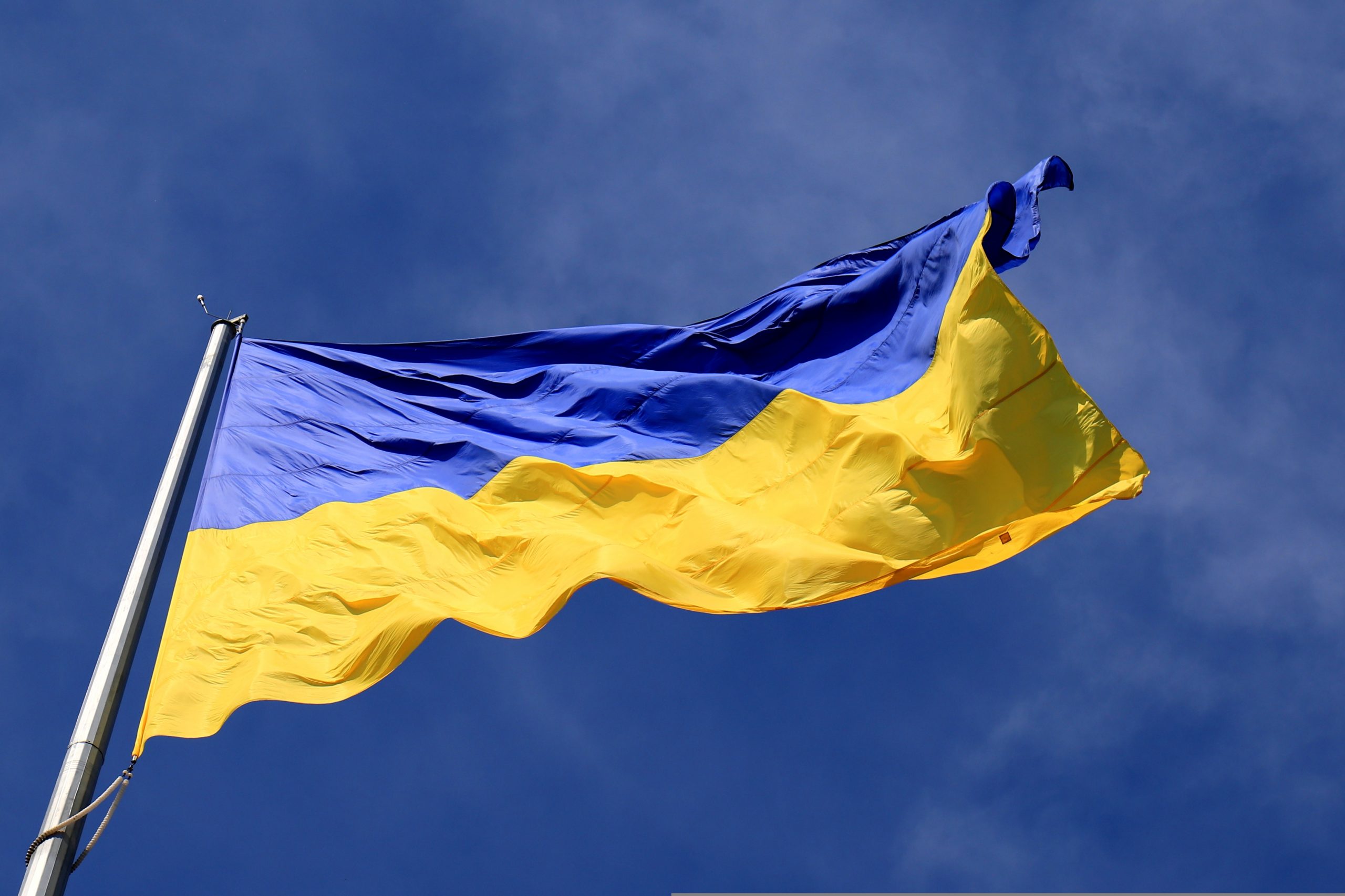

One year on from Russia’s invasion of Ukraine, financial markets are indicating that the impact will be contained, yet defence spending is continuing to rise.
The conflict in Ukraine has been a deeply tragic period and the bravery shown by the Ukrainian people, amidst unimaginable strife, has been incredible. Although the humanitarian cost of the war will always take precedence in our minds, its economic and geopolitical repercussions have also been of great and lasting consequence.
A year into the conflict, markets have moved to indicate that the perceived level of wider risk is now low. The consensus is that the impact of the conflict will be contained, and key economic indicators support this such as gold, a traditional ‘safe-haven’ asset, now pricing lower than pre-invasion levels; oil and gas prices also moving lower; and European stocks trading higher.
A mild winter meant German natural gas consumption was 15% lower than average this winter, while EU natural gas reserves at the start of the year were more than 80% full. This, combined with a diversification of energy sources, is seen as sufficient to see Europe through the coming months.
However, the conflict remains on the minds of investors, as a recent Bank of America survey highlighted. A worsening of geopolitics (referencing the Russian invasion of Ukraine and the ongoing China-Taiwan tensions) was seen as the second biggest risk for investors, behind the prospect of stagflation (rising inflation combined with falling growth and rising unemployment).
These ongoing concerns have played into the upward trajectory of defence companies, with aerospace and defence stocks trading 25% higher than a year ago; this reflects the new paradigm of global threats.
Global defence spending has been on the rise for some time but has seen significant growth over the past 12 months. Back in 2006, when NATO set a target for each member nation to spend 2% of its GDP on defence measures, the edict was largely ignored. However, in 2022 and 2023 (projection), defence spending is much more aligned with this goal.
For example, Germany has announced plans for a €100bn special defence fund and has publicly committed to the NATO target. A marked turnaround for a nation that spent 1.5% of GDP on defence in 2020.
So, while markets indicate that the Ukrainian conflict will stay contained, the wider response from the international community has been one of preparation, for both a drawn-out conflict and, more worryingly, a less peaceful backdrop to the years ahead.
By clicking this link you are departing from the regulated site of Ablestoke Financial Planning LLP.
Neither Ablestoke Financial Planning LLP nor Quilter Financial Planning accept responsibility for the accuracy of the information contained with this site.
Open Link